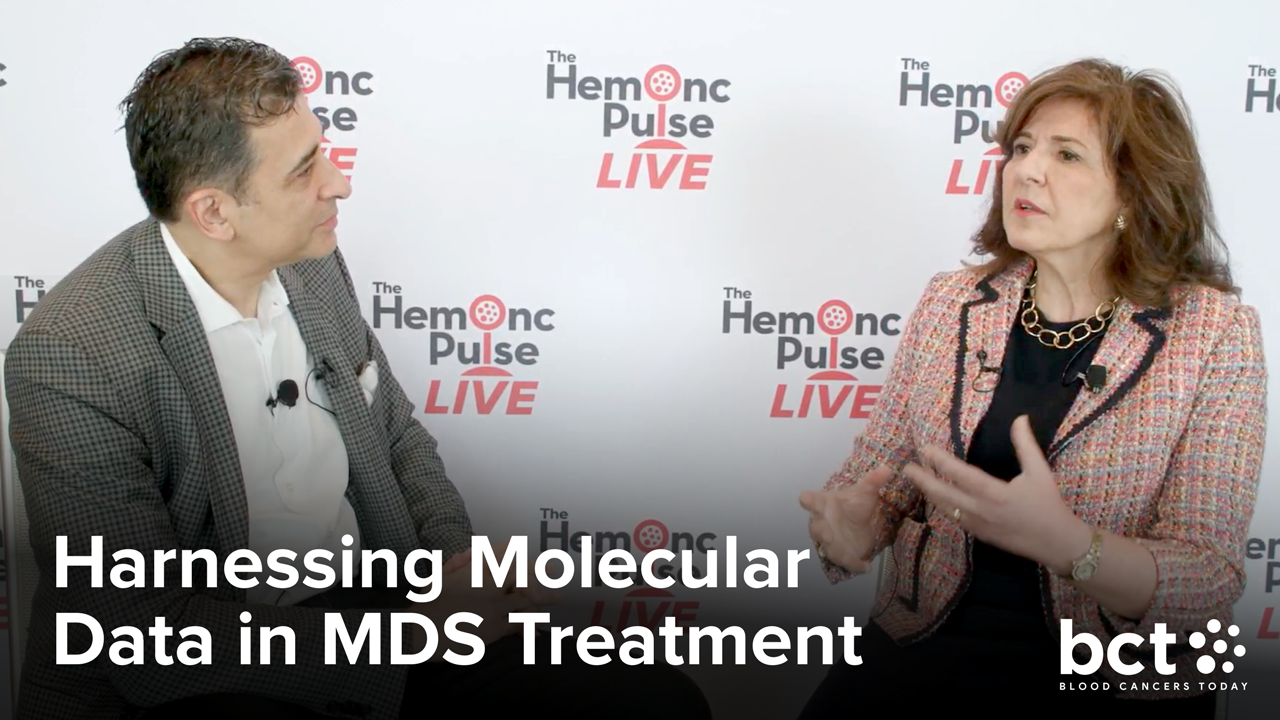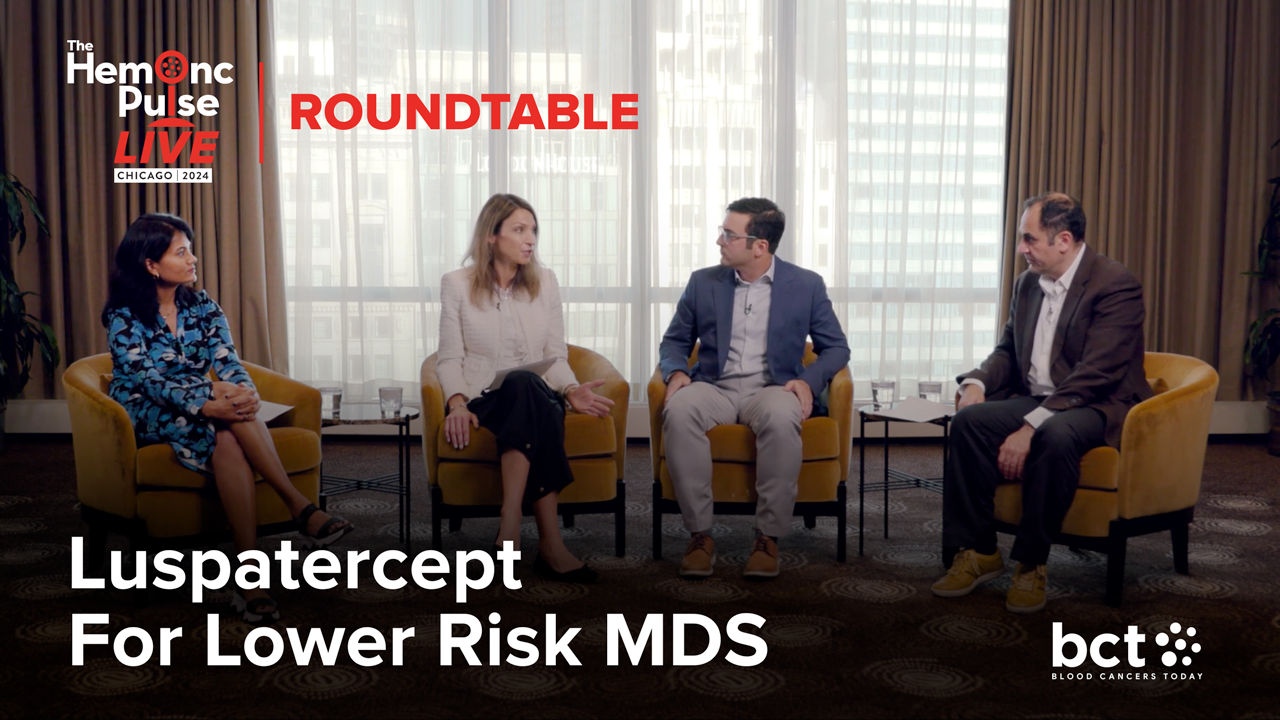How Are Erythropoiesis-Stimulating Agents Used in MDS Care Today?
By Amer Zeidan, MBBS, MHS, David Swoboda, MD, Jamie Koprivnikar, MD, Sangeetha Venugopal, MD, Leah Sherwood, Andrew Moreno - Last Updated: July 2, 2024A roundtable discussion, moderated by Amer Zeidan, MBBS, MHS, of Yale University, focused on the latest updates in the care of myelodysplastic syndromes (MDS). The panel included David Swoboda, MD, of Tampa General Hospital; Jamie Koprivnikar, MD, of Hackensack University Medical Center; and Sangeetha Venugopal, MD, MS, of the Sylvester Comprehensive Cancer Center in Miami.
In this segment of the series, the panel discussed current challenges in the use of erythropoiesis-stimulating agents (ESAs) for MDS.
Dr. Zeidan: We still use a lot of ESAs in the communities. ESAs are not going to go away. They’re still going to be used in the frontline setting. But there are several kinds of problems that I tend to see. I’m sure you see some of them in terms of how doctors use them.
One problem I have seen a lot is that people are not checking erythropoietin (EPO) levels. They just give ESAs regardless, even if the EPO level is very high, which you probably could argue for before we had other drugs. Otherwise, what are you going to use? The second thing is continuing ESAs even in the face of continued transfusion needs. There’s no improvement, but the patient might feel better, and the doctor just decides to continue. There’s also suboptimal dosing.
Which of those issues have you seen in your clinic when people use ESAs?
Dr. Swoboda: I would say all of the above. We see a lot of suboptimal dosing. We see a lot of people continue to become transfusion dependent, never really respond, and they’re three or six months in. We also see patients with increased blasts who are getting a lot of ESAs in combination with hypomethylating agents. We really don’t know, but generally, most people are not doing that combination in higher-risk MDS. I think it’s tough.
There are certain subsets of patients where I don’t know if luspatercept or ESAs is the right option, and I’m not sure if we have any good options. Those, in my mind, would be the patients with four or five mutations. If you have someone who has a lot of mutations, at least in the COMMANDS data, luspatercept and ESAs don’t work. What are our options there? Hopefully, some of the new drugs that are coming along the line will be available. I think suboptimal dosing and treating beyond benefit are two big things that we see, and we try to get people switched over to luspatercept, or other agents, and see if they’ll respond.






 © 2025 Mashup Media, LLC, a Formedics Property. All Rights Reserved.
© 2025 Mashup Media, LLC, a Formedics Property. All Rights Reserved.